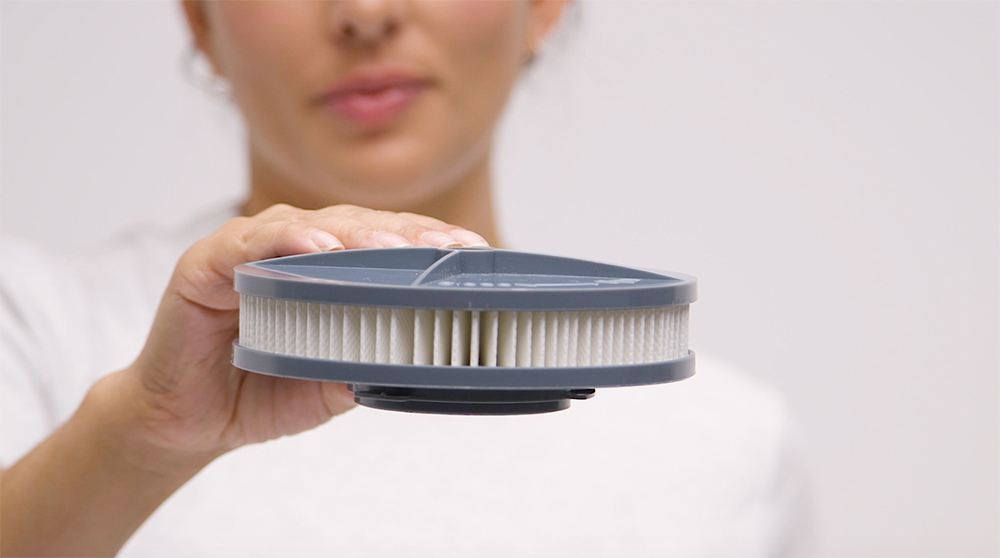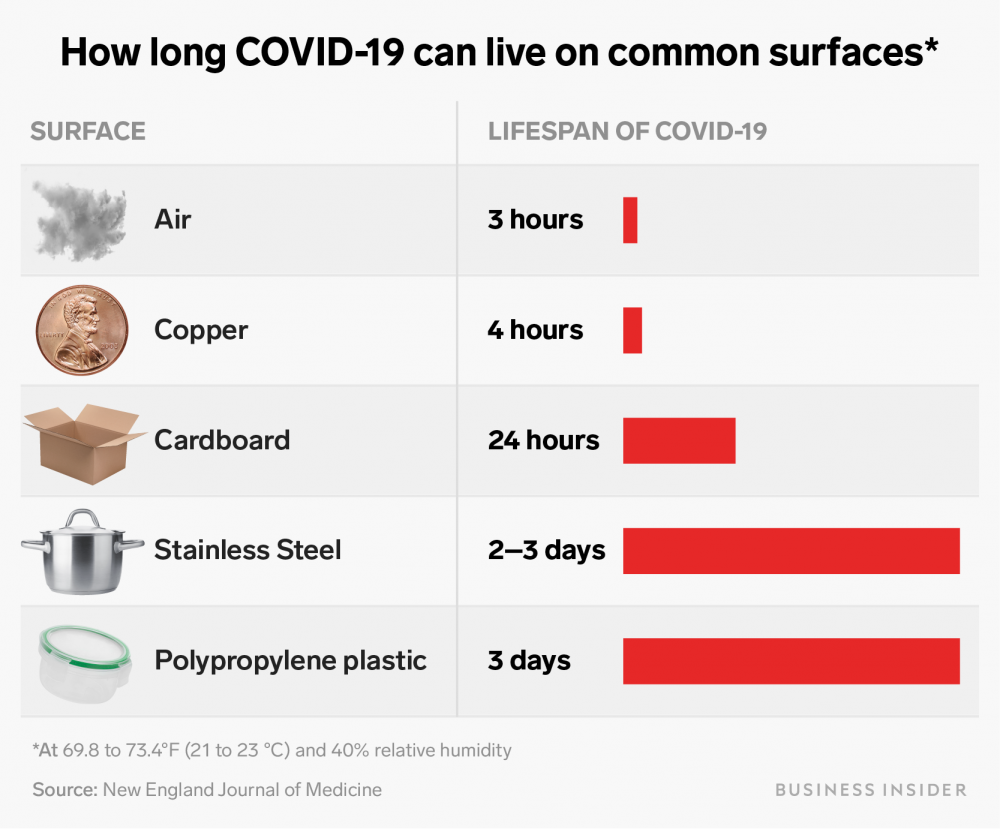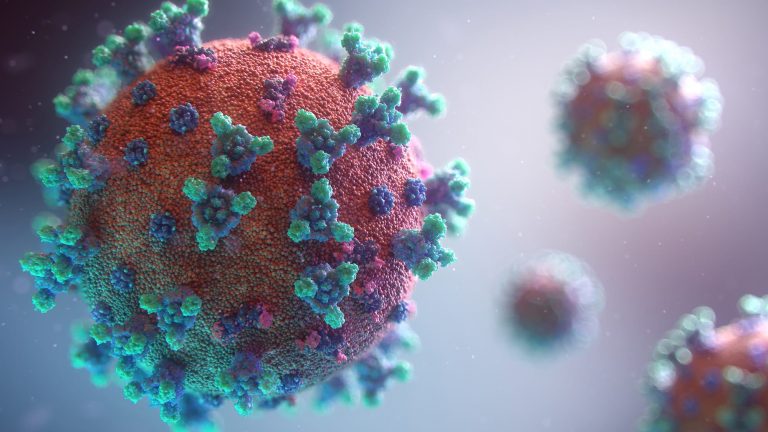Filtration, containment and cleaning safety precautions on the front line against COVID-19
It’s safe to say that we’re living through one of the most trying times of our age amidst the outbreak of the coronavirus (COVID-19) over the past few months.
Entire countries are shutting down their borders and enforcing strict lockdown laws to contain the outbreak, as the virus is transmitted primarily through contact with an infected person when they cough or sneeze.
What isn’t safe is to ignore the fact that the virus can also be spread through touching a surface or object that has the virus on it. This can then be picked up and infect a person if they touch their eyes, nose or mouth.
We need to ensure that our environments, whether in lockdown at home, or at our places of work, are cleaner than ever before, as an important step towards overcoming this outbreak.
So how do we do this?
Filtration
Let’s be clear, there is no way to effectively contain coronavirus particles, otherwise we wouldn’t be faced with the situation we are currently in.
But here’s what we know.
Business Insider recently shared a study with findings that the coronavirus particles measure between 0.05 and 0.2 microns in diameter.
HEPA (high-efficiency particulate air filters) are exactly that, and are considered the minimum standard for high-grade air filtration. To be rated this highly, a HEPA filter must remove 99.97% of particles whose diameter is equal to 0.3 μm from the air that passes through it.
So when cleaning your home or having your workplace disinfected during the COVID-19 pandemic, you want nothing less than a vacuum cleaner with a HEPA rated high grade filter being used, giving you the strongest chance of filtering out contaminated particles with multiple layers of filtration.
If you’re already using such a vacuum cleaner, we highly recommend you replace the current filter with a new one if you’ve had yours for a long period of time. In fact, Pick A Vacuum Cleaner recommends replacing HEPA filters every 6 months to maintain maximum filtration capacity.

No filter can 100% filter out particles as small as the coronavirus particles, and even with the highest filtration level you can only hope to filter out 99.9997% of the contaminated particles.
But regularly replacing your HEPA rated filter in your vacuum at home, or with your cleaning staff at work is one step towards thoroughly ridding your environment of the coronavirus.
Disposable bags
So you’ve just used your vacuum (with your new HEPA rated filter) and you’re wondering, “have I just trapped some coronavirus particles in my machine?”
Chances are, you have, which is great!
But now what?
How do we ensure that you’re not further spreading the contaminated particles at home or in your place of work?
Firstly, in this climate where the above hypothetical situation could be not so hypothetical, if your vacuum has an option for both disposable and reusable dust bags, we want to make sure we’re using disposable ones.

Some vacuum cleaners don’t even use vacuum bags, and if you’re worried about cleaning a potentially contaminated environment, you need to ensure that you are safely removing its contents and disinfecting your machinery after each use. (see our recommendations for safe cleaning protocols below).
The lifespan of COVID-19 on surfaces was explored by Business Insider and their findings are shown below.

From this we can see that contaminated particles can live up to 3 days on plastics (another reason not to use your vacuums without a disposable bag), but for only 24 hours on cardboard, which we can also apply to paper.
We therefore recommend the use of disposable paper bags in vacuum cleaners, as it means you can clean your home or work space, leave the bag in the machine for 24 hours and then once we know the particles are dead, safely dispose of the paper bag, and disinfect your machine.
It’s also worth noting that the use of a disposable bag in a vacuum adds another layer of filtration, adding further protection when you clean.
Safe cleaning precautions
Those of us lucky enough to be working from home are trying to keep our environments as clean as possible as our contribution to stopping the spread of COVID-19.
But alongside nurses, doctors, and delivery drivers, are cleaning staff, who are on the front-line disinfecting and cleaning our usually high traffic buildings.
Whether you fall into either of the above categories, or are responsible for cleaning staff, we have put together some simple recommendations for ensuring safe cleaning practices in this global pandemic:
- If you are cleaning a public space where the dust may contain COVID-19, ensure there are diligent mask and glove wearing practices in place that see these protective items put on before entering the space, and removed after exiting.
- Make sure hands and faces are sanitised before and after cleaning procedures.
- Employ disposable paper dust bags when vacuuming, and make sure that vacuums are not emptied until after 24 hours of cleaning to ensure any coronavirus particles have died.
- Check the filters in your vacuum machinery, make sure they are HEPA rated and for ultimate filtration, replace any filter that is over 6 months old.
- Disinfect all cleaning equipment after usage.
We hope this information is helpful to everyone in practicing safe and thorough cleaning whether at home or in a commercial environment during this time.
If we all come together and practice high levels of health and safety, self-isolation and online community support, we’re confident that we will come out of the COVID-19 pandemic stronger, and more united than ever before.




